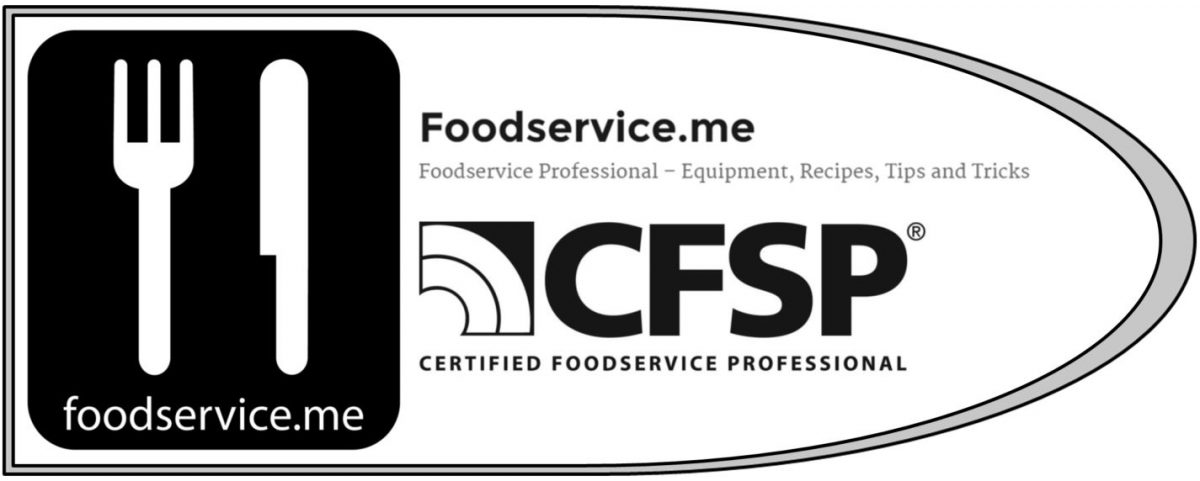Source: BUILT.: Tuning Up Nashville’s Music City Center — Foodable Web TV Network
Can you picture a massive building with organic lines and curves that flow like the shapes of Nashville’s rolling hills or the Music City’s melodic sounds? With ceilings that mimic the patterns and structure of grand piano keys? Or rooms with walls that bend, filled with acoustics that make you feel as if you’re standing inside of a mandolin or guitar?
The movement and fluidity of music itself was the design inspiration for the Music City Center. This center takes on the idea of a city’s brand identity to a whole new level. And at 300,000 square feet of exhibit hall space, 60,000 square feet of ballroom space, and 1.2 million square feet of space in total, this convention center is music to any event director’s ears. The center was needed to bring new life and business into Nashville, and needed to expand in the city’s downtown urban setting, according to Charles Starks, the complex’s president and CEO. He wanted the center to look like nowhere else in the world.
How did this design come to life? Through intense and creative collaboration. In this episode of “BUILT.,” in partnership with FCSI The Americas, watch to see how FCSI consultant Michael Pantano of Culinary Advisors, tvsdesign, and the visionaries behind the Music City Center worked in harmony to turn this building into the pinnacle of flexibility, sustainability, and foodservice excellence.
As the firm that led design for four out of five of the nation’s largest convention centers and for about 80 projects around the world, it’s no doubt tvsdesign knows their stuff. So, what are the most important aspects of a successful space? Functionality and foodservice, according to Rob Svedberg, principal of tvsdesign.
“One of the most important things that the customers respond to is the quality of foodservice, the range of the food offerings, and how well it’s presented and prepared,” Svedberg said.
This is where FCSI consultant Michael Pantano stepped in.
“I think it’s critically important that every kitchen [has] a professional designer involved. In most cases, I’d like to say that’s an FCSI consultant, because to achieve professional status, we had to demonstrate our competence and our body of knowledge, and our understanding of the entire process,” Pantano said.
One element that the designers of the Music City Center emphasized was the need for bright lighting. Pantano also took that to the kitchen, because as he said, chefs and cooks are people, too, and deserve to be proud of their workspace and equipment.
“Most kitchens are down in the bowels of a building some place because wherever daylight exists is premium space, so we worked very hard to keep things low to allow all of the daylight to come in. Extraordinarily uncommon, but very beneficial,” he said. “Foodservice really is throughout the building, woven into the very fabric of the building.”


“Our food sales have over doubled what we had projected initially and we’ve become known in Nashville as a place to go to for food. Not the convention center, but a place to go to for food,” Starks said.
The Future Through Sustainability
The beautiful architecture and foodservice aren’t the only things that set this design paragon apart from the rest. This space is also sustainable.
Above it lies a 4-acre green roof, the largest one in the Southeast, growing 14 types of vegetation. The center also has a solar farm and honey bees on site for the kitchens. The staff also keeps close relations with local farmers to serve food with a farm-to-table feel. The Music City Center also has a 360,000-gallon rainwater storage system that captures rainfall and utilizes it, not only to irrigate its plants and landscaping, but also to flush their sewage system. That has led to 54 percent saving in the building’s water usage in three years.
Watch the full episode now, and as Pantano states, discover how the Music City Center speaks for itself.



